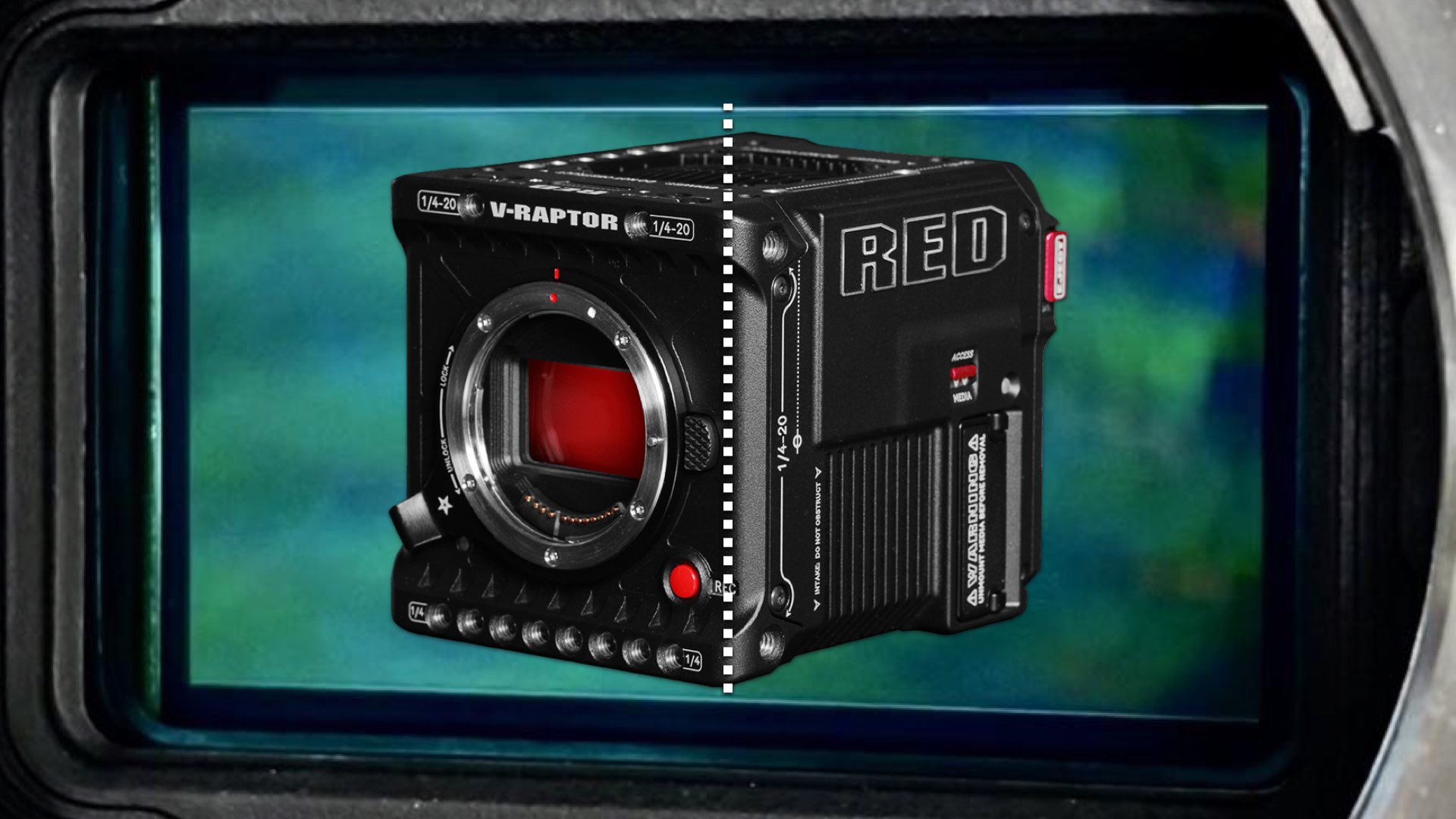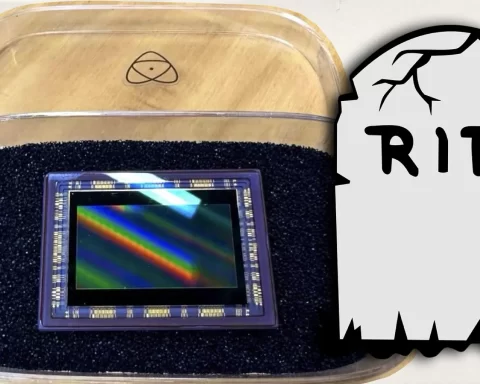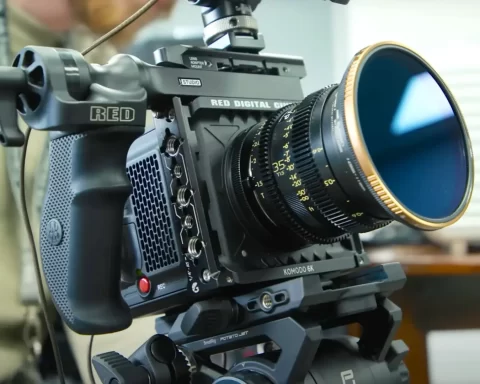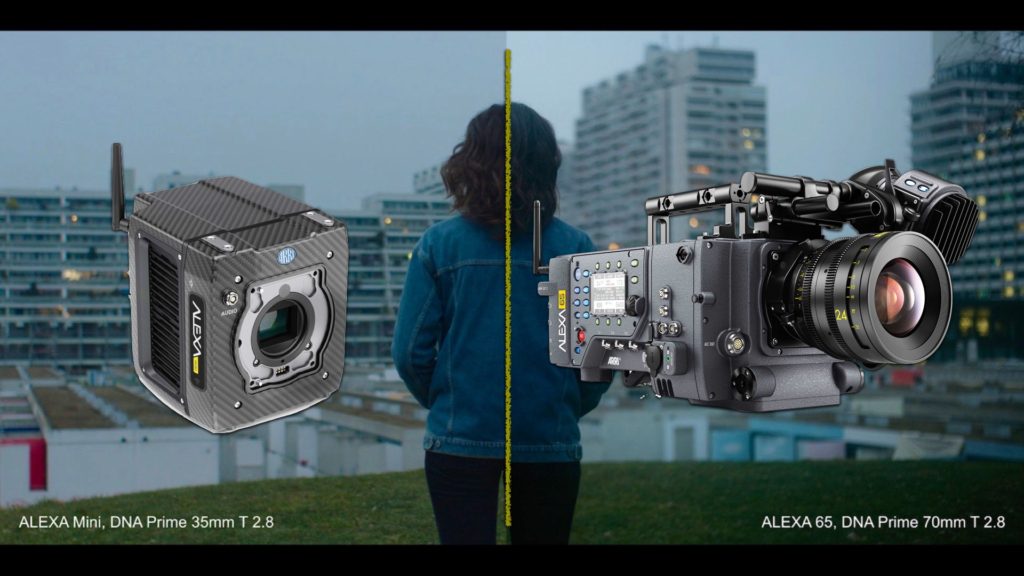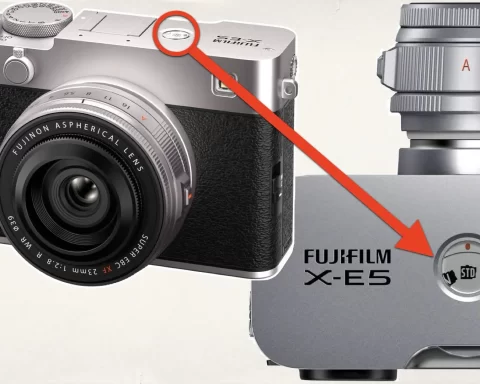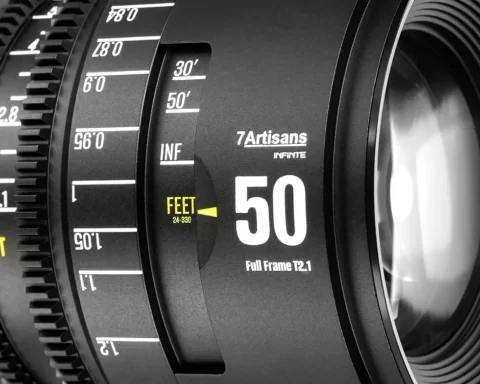RED Digital Cinema has updated the Support page of its V-Raptor regarding artifacts shown due to the stitched sensor. According to RED, the solution is “behind-the-lens mitigation” that can be installed in-camera. But what does it actually mean? Update (6/2/2022). RED Support says that this mitigation is a new “flare guard” that can be installed inside the sensor cavity.
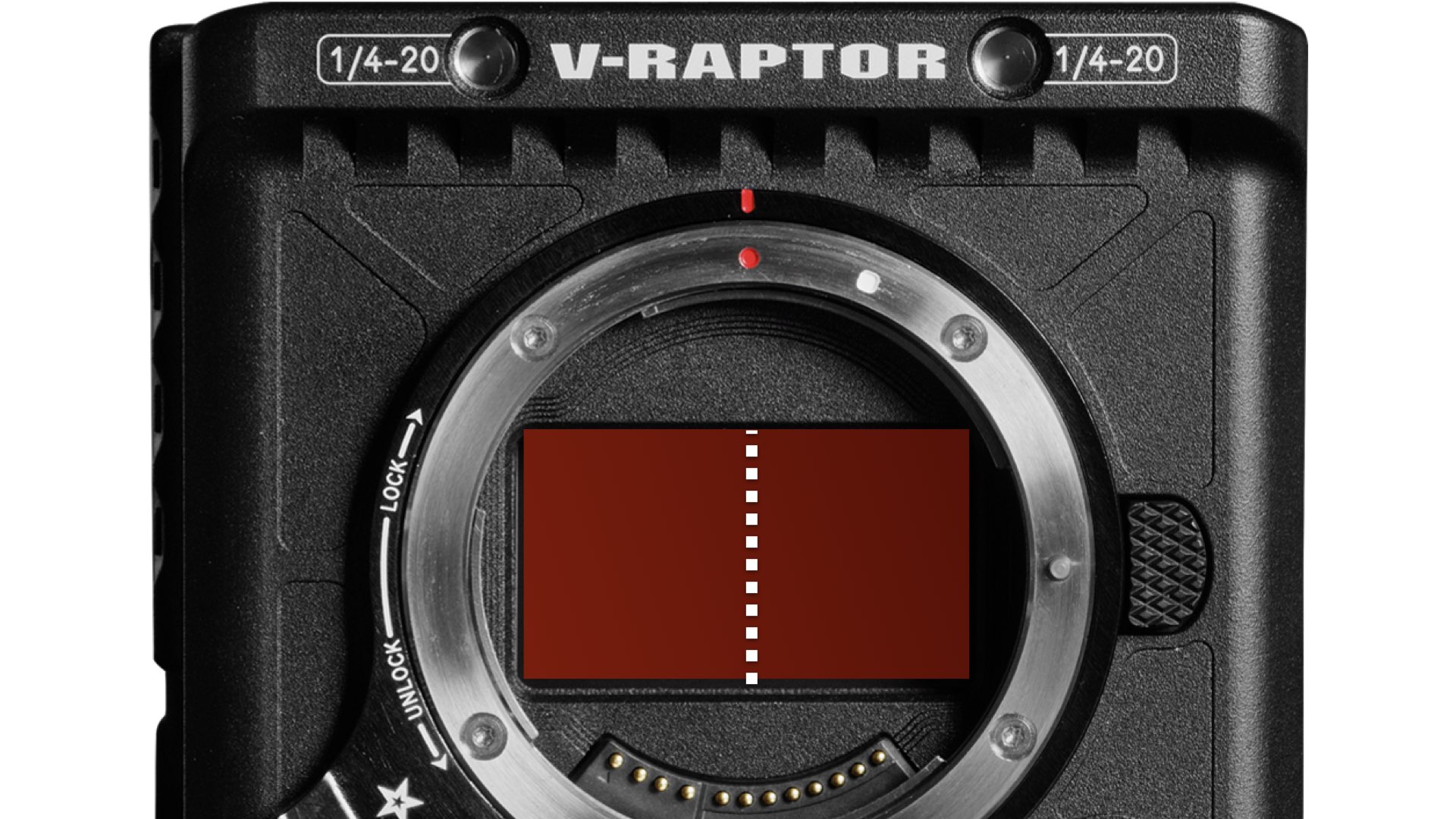
Stitched Vista Vision sensor
The newest camera from RED Digital Cinema, V-Raptor, which is also the current flagship, owns a stitched Vista Vision sensor. That means, two sensors are stitched together. The manufacturing solution is completely normal and is being implemented on other high-end large-format cinema cameras. This ‘stitch-line’ can be seen in some very specific shooting scenarios. However, this phenomenon was reported by users that claimed that the stitching causes unwanted artifacts harming their footage. Make sure to read our article regarding this case: RED Raptor’s Stitched Sensor Shows Artifacts. As a result, RED promised to investigate it further in order to find a solution to reduce these artifacts.
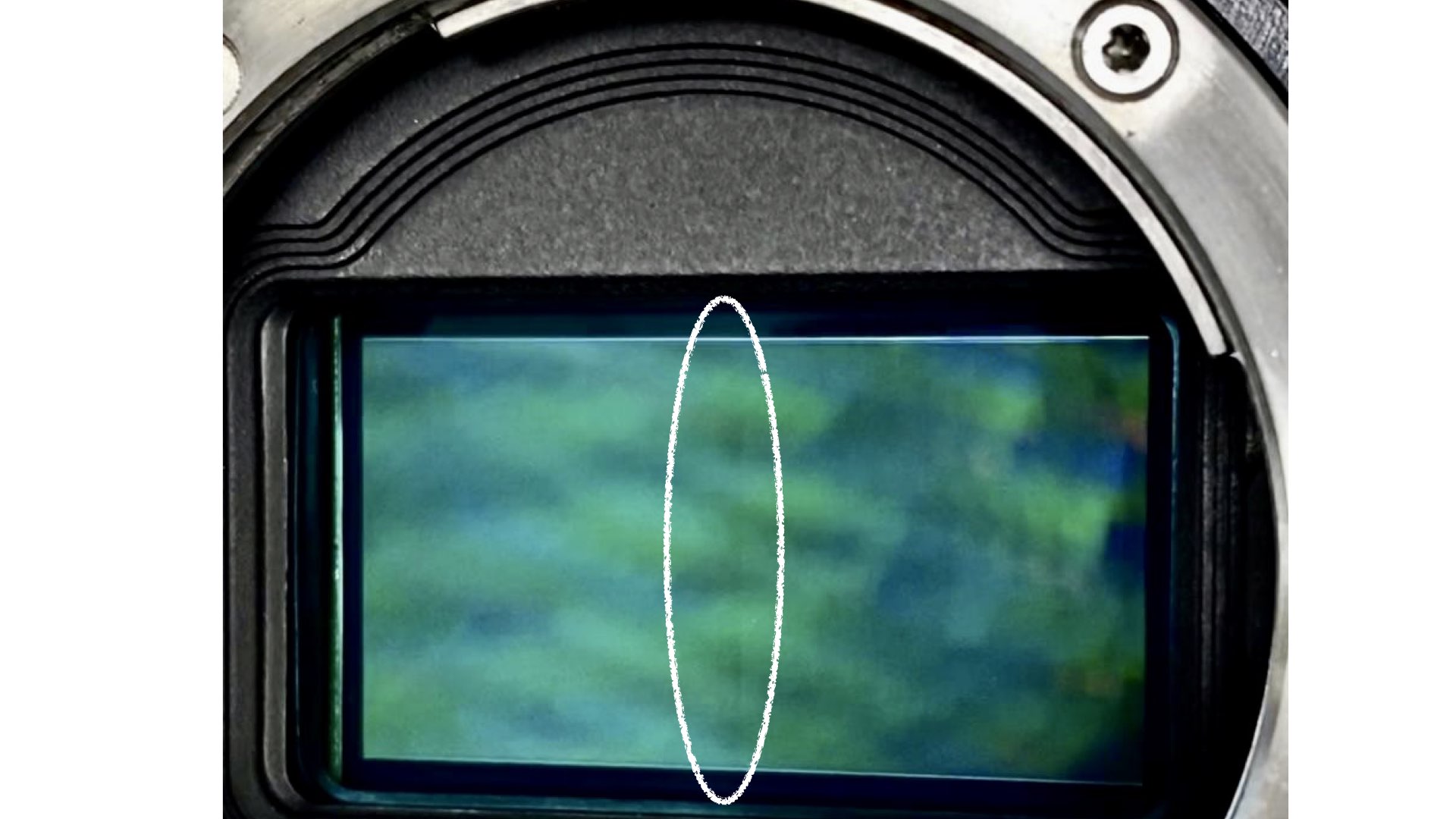
RED has created a behind-the-lens mitigation if your specific shooting conditions are susceptible. If you would like this installed on your camera, or would like to discuss this topic further, please contact RED support.
RED Digital Cinema
RED’s solution: “Behind-the-lens mitigation”
Yesterday, RED has updated the support page of the V-Raptor titled “V-RAPTOR – Flare Artifact” shedding more light on how it will mitigate that phenomenon. Here’s RED’s statement quoted from Support.
Summary
A subtle image artifact along the center of the frame sometimes referred to as a “stitch line,” may be visible during rare combinations of scene lighting and lens selection. Although this has not been observed by most customers, RED has created a behind-the-lens mitigation if your specific shooting conditions are susceptible. If you would like this installed on your camera, or would like to discuss this topic further, please contact RED support.
FAQ
Can you provide more details?
Yes, this image artifact may happen with certain types of stray light or flare within the camera’s sensor cavity. As a result, some combinations of strong, flare-inducing light and lens design may be more susceptible. Also note this is an optical phenomenon; the sensor is functioning as designed with unsurpassed image quality.
Are there any recommended best practices?
The recommendation for this and with image quality more generally, is to follow best practices with minimizing sources of stray light that pass into your camera. This includes using standard tools such as a lens hood or matte box, and when necessary, an RF to PL lens adapter that has proper flocking and unreflective internal surfaces.
Will the behind-the-lens option interfere with desired, intentional lens flares?
The behind the lens option only mitigates the flare generated within the sensor cavity; intentional lens flares from within the lens itself remain unaffected. With highly off-axis light, there is the possibility that a small shadow may appear at the edge of the frame. This shadow is caused by the newly installed guard stopping the light that would have otherwise reflected within the cavity.
When looking directly at the sensor I can see a line; is there a problem with my sensor?
No, when looking directly at this and other sensors without a lens attached, reflected light is different from what is actually recorded by the sensor; reflections such as rainbow patterns, lines, color shifts, sensor grid patterns, etc. may therefore be visible.
I exposed the sensor without a lens and see a line in my image; is my sensor faulty?
No, this is not a valid test because all cameras are only designed to operate with a lens attached.
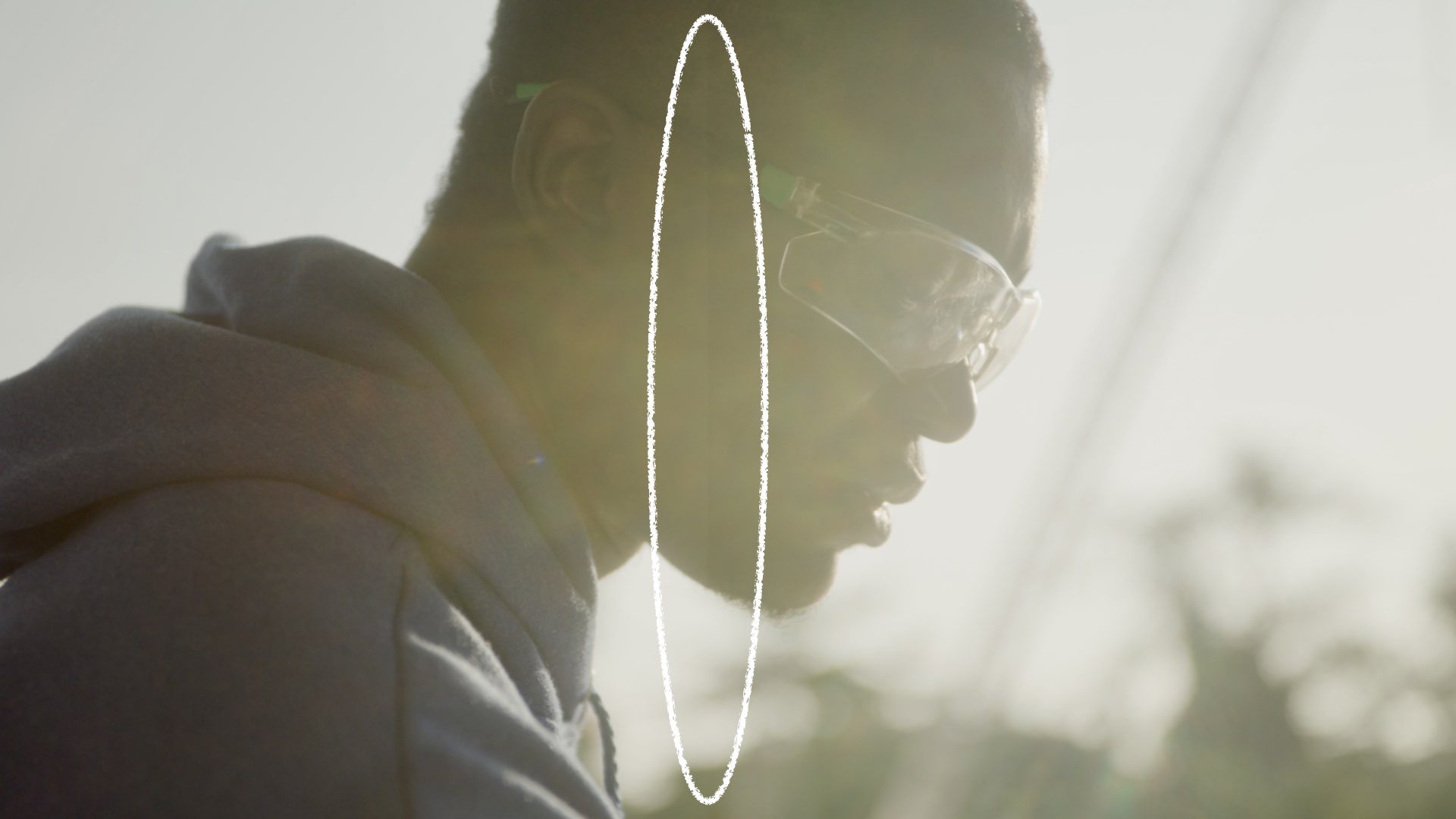
Initial thoughts
We reached out to RED to elaborate further on this mitigation. According to the statement above, this “behind-the-lens mitigation” needs to be installed in the camera. We’re guessing that this is a specific device that is dedicated to reducing the effect of the stitched line. However, we don’t know exactly what this device is, and how much it should cost. We update the article once we get an answer.
Update (6/4/2022): This is the answer from RED’s Support: “Since this image artifact may occur with certain types of stray light within the camera’s sensor cavity, a flare guard can be professionally installed inside the sensor cavity in order to control stray light from the lens. To see if the behind the lens mitigation is the right solution for a specific shooter, RED would need to understand the user’s specific shooting conditions and use case. If you have specific examples where you have seen this phenomenon, please provide R3D samples and a log file for review”. Hence, it seems that it’s a new “flare guard” that can be installed inside the sensor cavity.
Product List
Here’re the products mentioned in the article, and the links to purchase them from authorized dealers.
- Red Digital Cinema V-RAPTOR ST 8K VV DSMC3 Camera

